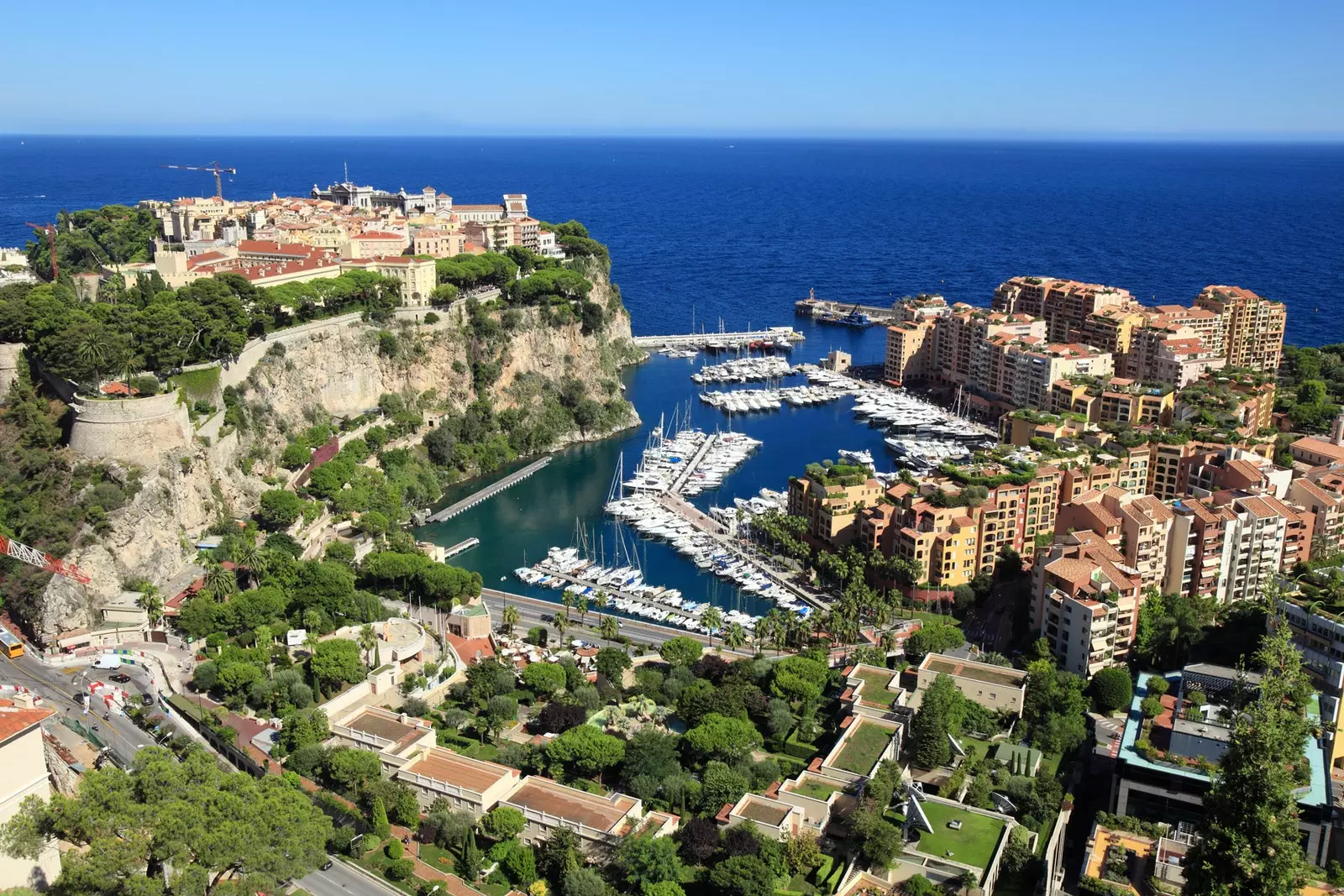
Panoramic view of Monaco
In the early years of the 20th century, when car racing was a matter of gentleman drivers, that is, of the only ones who could buy a car, most of the circuits were urban.
The streets of ** Madrid , Barcelona , Havana , Buenos Aires , Le Mans or Monza ** were the track where those intrepid pilots risked their lives every Sunday.
Only one of the historic Formula 1 street circuits survives in operation, that of Monaco (Monte Carlo). The single-seaters roar through the narrow streets of the center of the principality, where the rest of the year you can see the Rolls Royce, Ferrari, Bentley or Maserati of the wealthy residents of this tiny country.
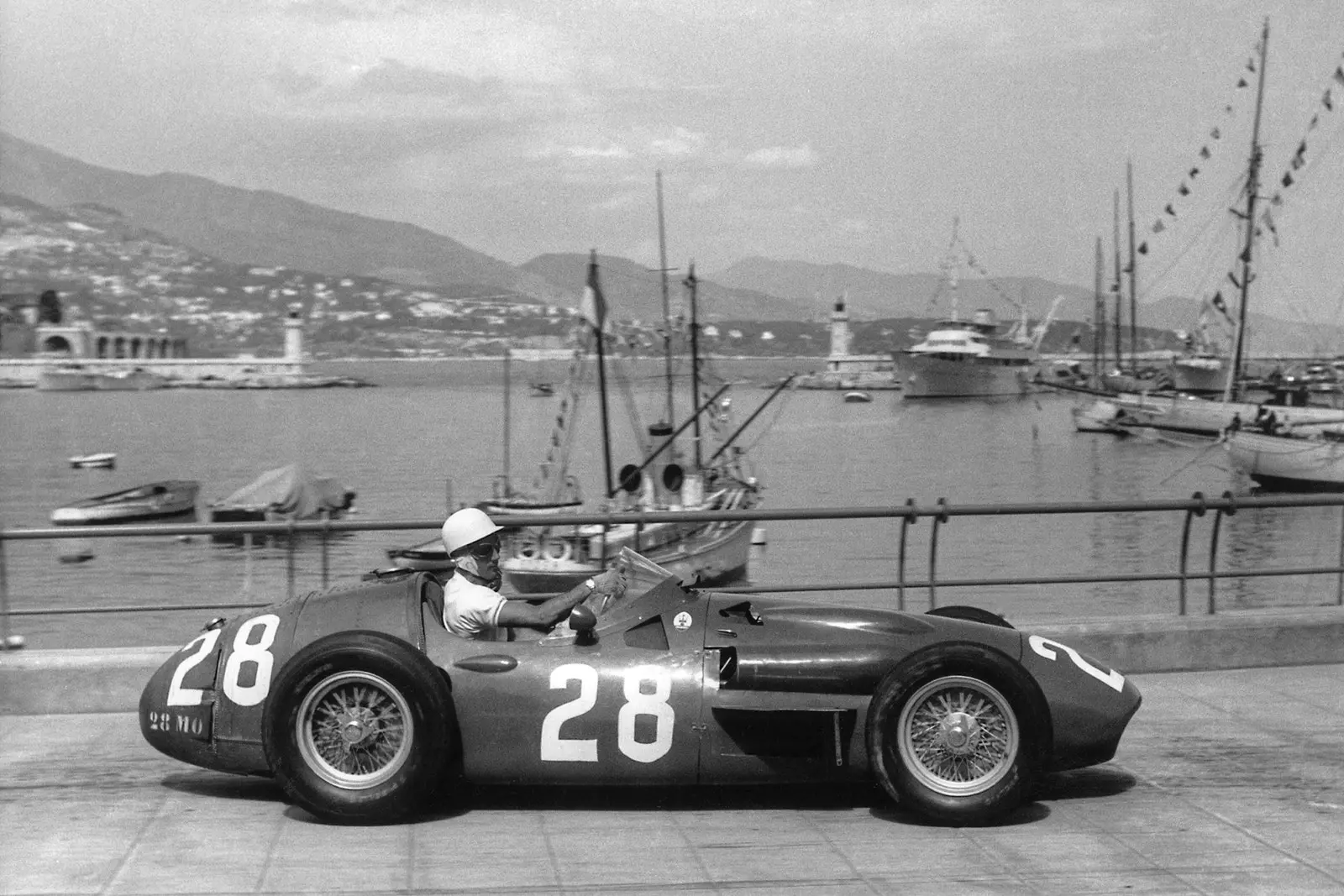
Stirling Moss driving the Maserati 250F in 1956
The origin of this Grand Prix dates back to 1929 and it was an initiative of the Automobile Club de Monaco and its general commissioner, Anthony Noghes.
The first attempt was rejected by what is now known as the International Automobile Federation (FIA) because they submitted a race that went outside the small territory, so they set up a circuit literally taking advantage of the streets of the only city in the country, Monaco.
Which could have been a bit funny then because the first winner, a Bugatti, ran an average speed of 80 km/h, today it is a unique spectacle where glamour, luxury and the Côte d'Azur are mixed with speed and the smell of brakes and burnt rubber.
Traditionally, the F1 Monaco Grand Prix was held on Ascension Day, in May, but lately for logistical and calendar reasons it has been held on a date close to that celebration. This year it will be 24, 26 and 27.
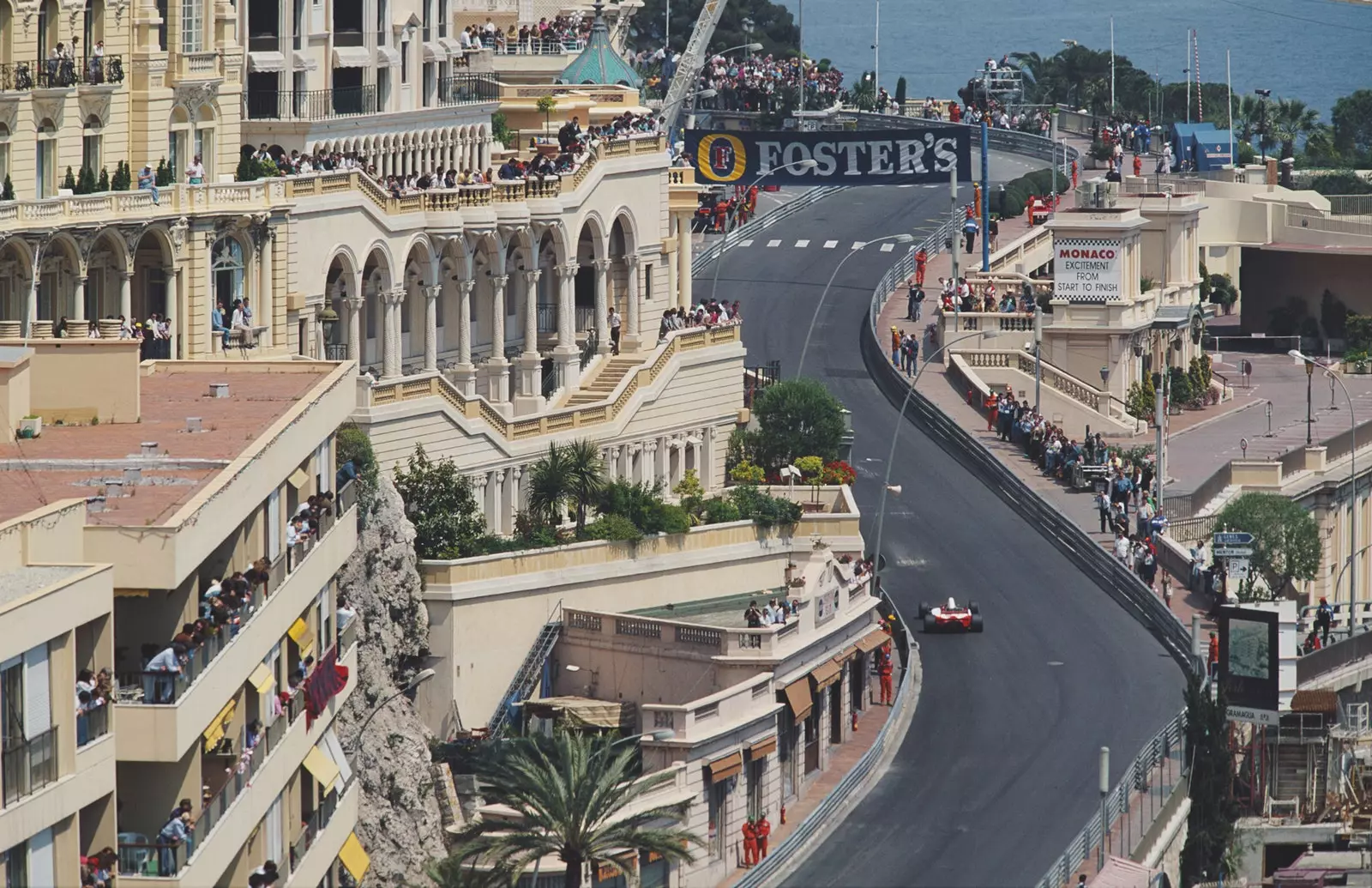
The late Ayrton Senna driving on the Monaco street circuit
A PECULIAR CAREER
This Grand Prix is full of peculiarities, for example, free practice is held on Thursday instead of Friday and the race is only 270 km instead of the usual 300.
And the organizers do not pay a fee to be part of the World Championship, in theory due to its historical nature (Monaco has hosted F1 uninterruptedly since 1955), but possibly the good tax conditions offered by the Principality to many of the protagonists of the F1 Circus also influence.
It was also where for the first time, in 1933, the starting grid order was established by qualifying times. That until then was done by lottery. It has the slowest curve in the championship, it is managed at 50 km/h, which is called the Loews curve, although it is opposite the Faimont hotel.
This is the last turn before entering the tunnel above the hotel. And perhaps the most remarkable thing is that overtaking is almost impossible.
Every even year is also celebrated a few days before the Historic Monaco Grand Prix, this year it will be from May 11 to 13. A test in which historic vehicles participate in different categories and that serves to test that everything is perfect for F1.
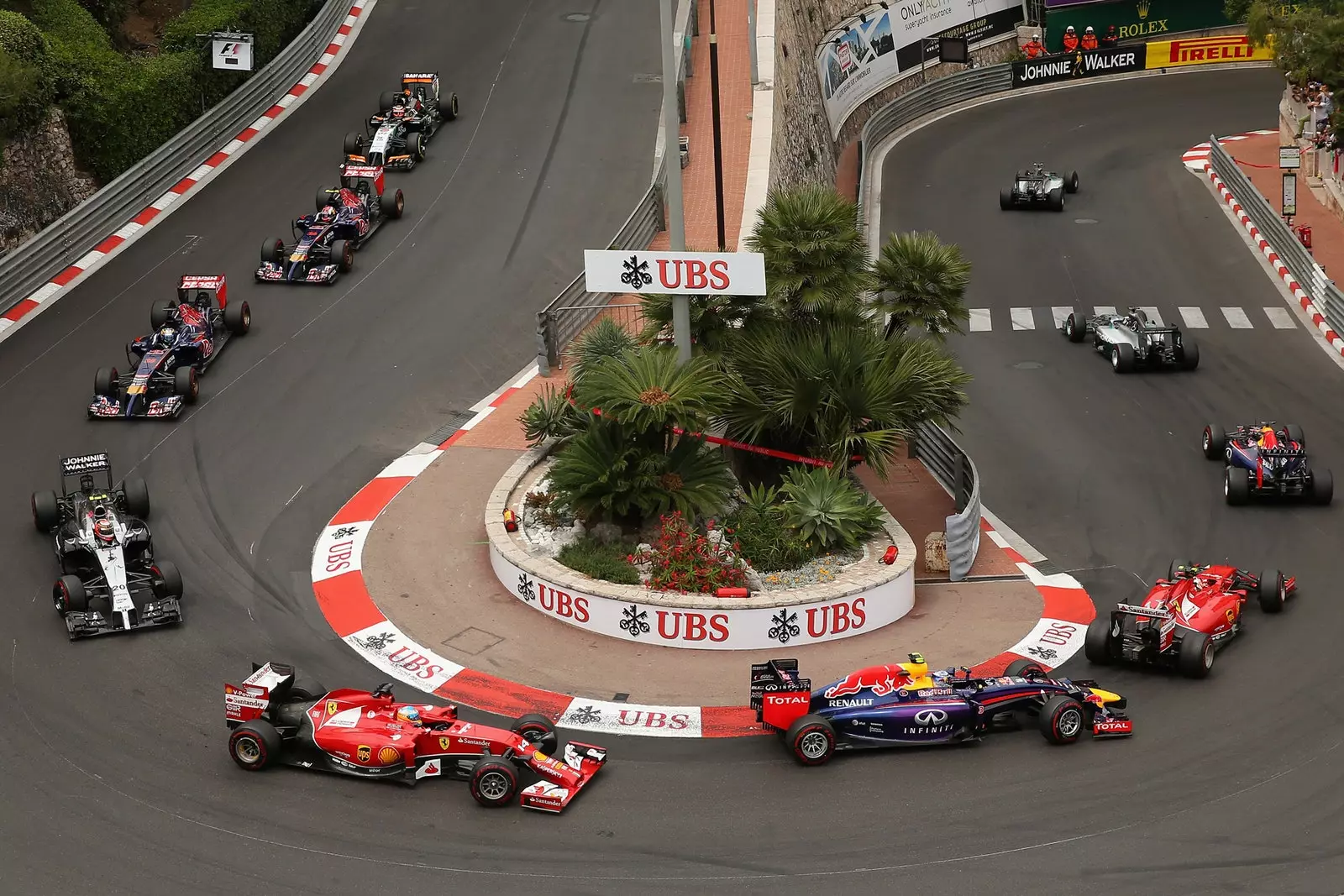
The Loews curve is the slowest in the championship and is managed at 50 km/h
URBAN TRANSFORMATION
Monaco undergoes a radical transformation for its Grand Prix. The streets are lined with fences and guardrails, the roads that lead to the circuit are cut, stands are set up and all prices rise to the stratosphere.
The start line, finish line and main straight are on Boulevard Albert I, facing the old port, or Port Hercule, where on race days The most luxurious yachts in the world are moored because from them you can see part of the route.
The boxes and the podium are also located on this boulevard, but since it is a narrow road and there is no space other than to place everything in line, the winner has to take a little run to get to collect the prize from him.
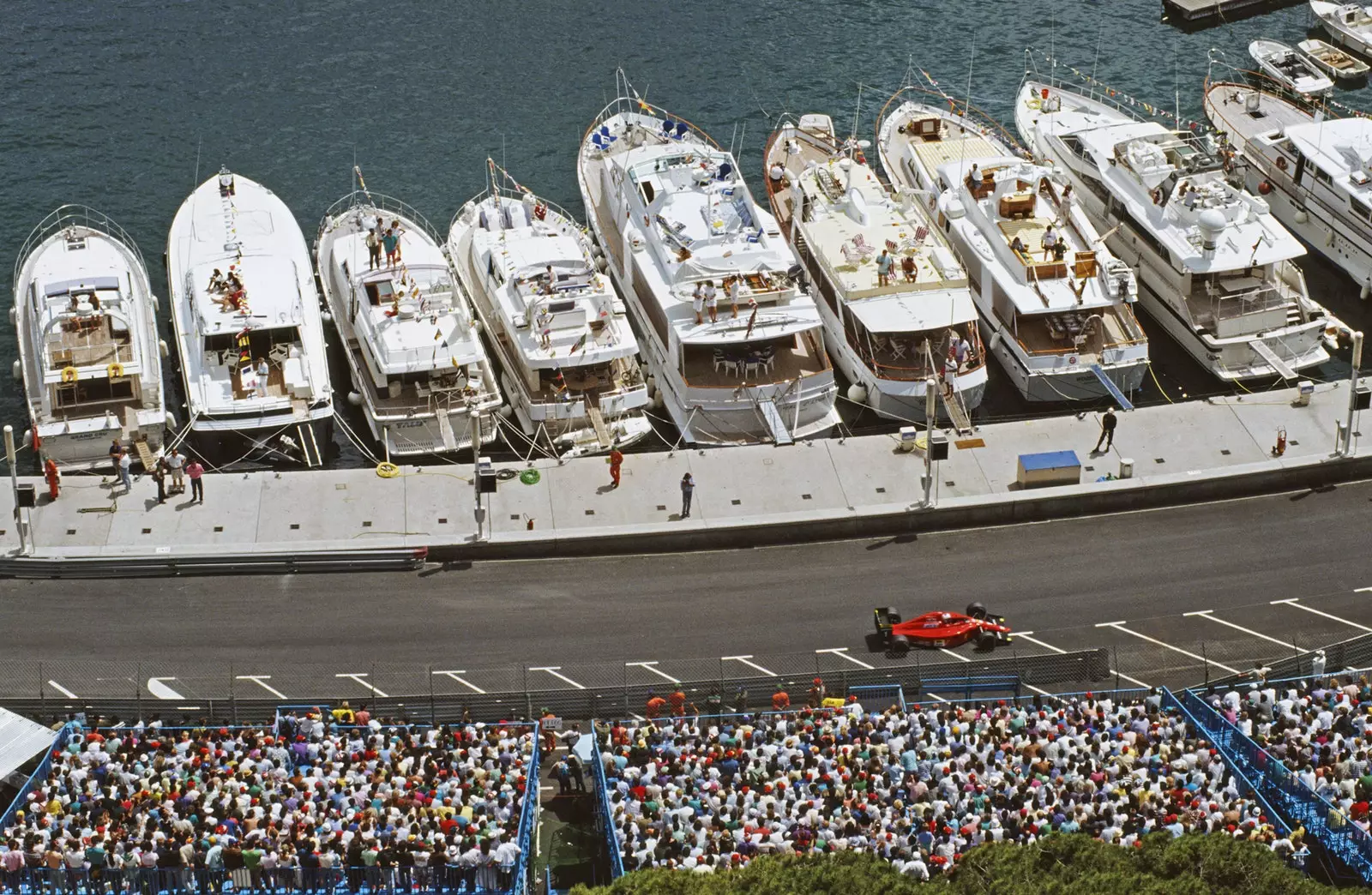
Yachts vs. Stand at the Monaco Grand Prix
If we want to reproduce the route of the race we must make a curve above Santa Devota, a small chapel under a rock that welcomes the patron saint of the Principality. In this curve some years there have been spectacular accidents.
Very close to here, on Rue Grimaldi, is the official store of the Automobile Club de Monaco, essential visit for car lovers and at number 15 of the same rue, the Boutique Formule 1, specialized in miniature cars.
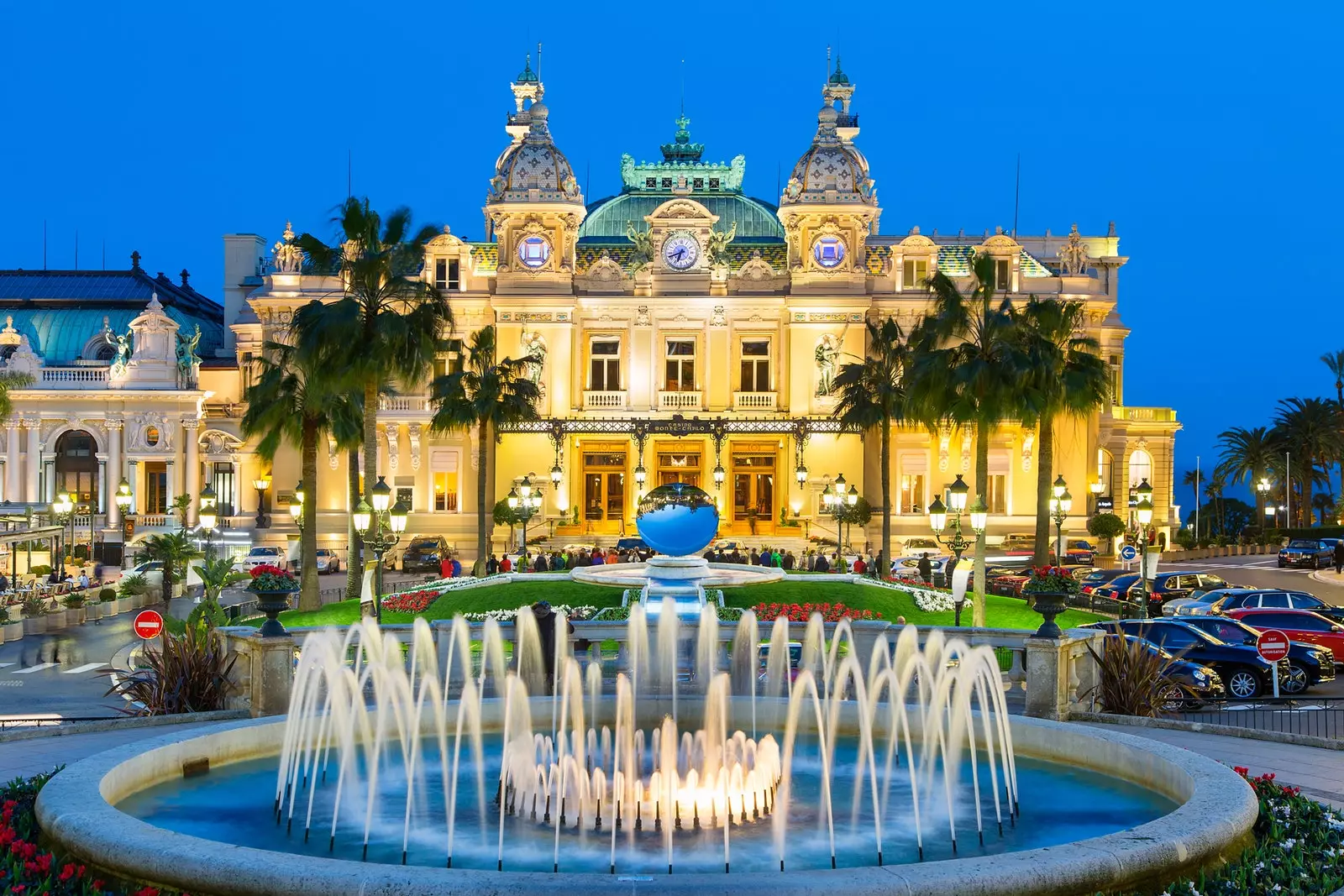
The Casino de Monaco, where the Massenet curve is located
TO THE CASINO
The circuit then ascends along Avenue d'Ostende and Avenue de Monte Carlo towards Plaza del Casino, where you have to trace the Massenet curve that is done giving full throttle and with the cars brushing against the guardrails.
Nearby are the shops of the most luxurious brands, in the Jardines del Casino, in front of a balcony overlooking the sea. After a couple of turns to skirt the square, we face the curve of the Fairmont uphill, a difficult hairpin to draw.
A couple of more curves and we enter the tunnel that with a gentle descent takes us to the port. The Quai des Etats Unis borders the sea and the mooring area, avoiding the municipal swimming pool, which has stolen its space from the sea, and turns sharply to the right to face the main straight again.
F1 drivers do this course 78 times and reach a top speed of up to 295km/h
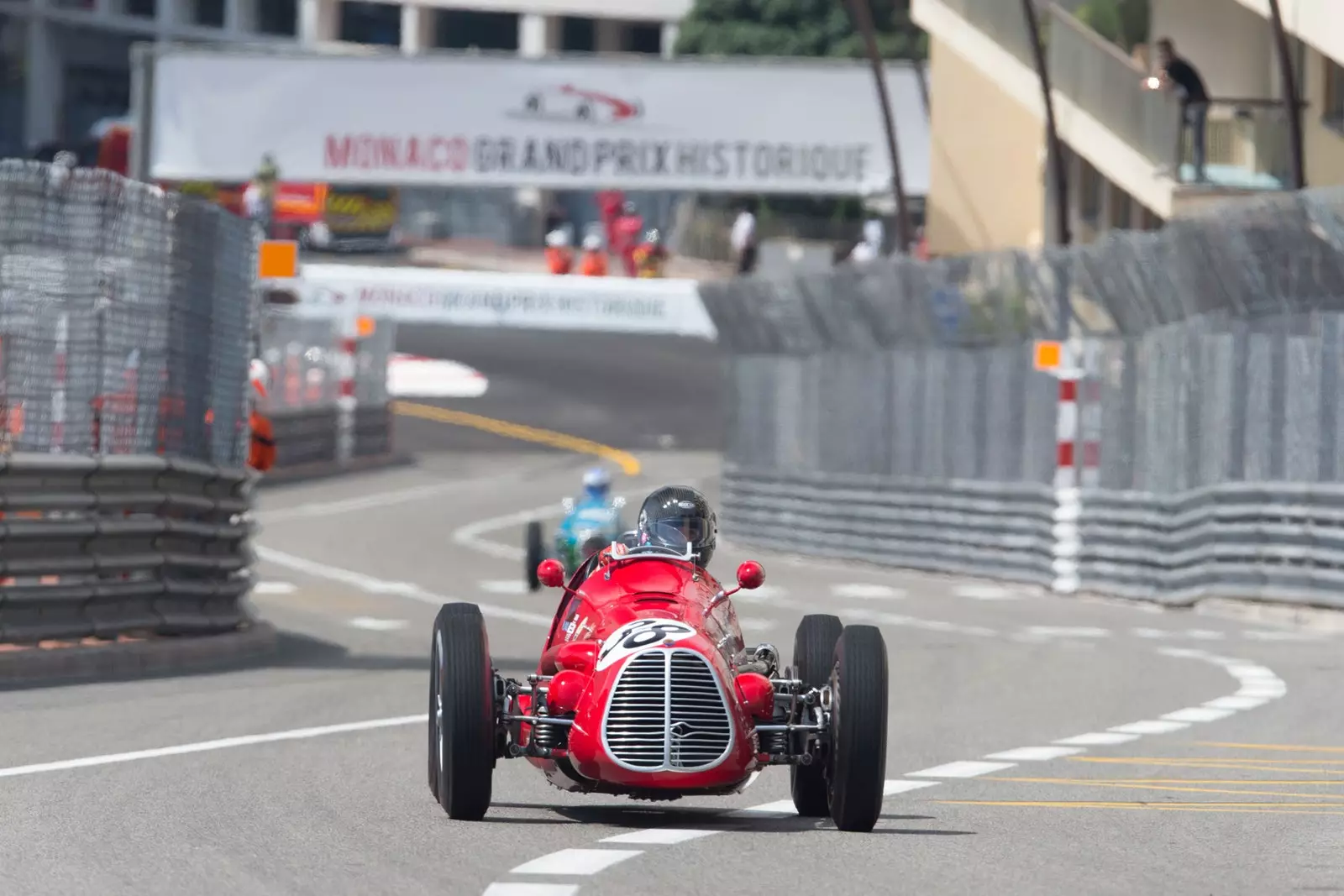
René Dreyfus at the wheel of his Maserati
Climbs, descents, hairpin bends and spectacular views they lead the way for those of us who are not pressed for speed. Throughout the entire route you can see the holes in the asphalt to plant the posts of the fences that delimit those that become the track on race days.
Outside of the racing season, in January it is also celebrated in Monte Carlo Rally, during which the hotel offer is at more reasonable prices.
In Monaco there are many hotels for all tastes, but two good recommendations can be the Columbus Monte-Carlo, which was inaugurated in 2001 by the F1 driver David Coulthard and which has stunning views, or the Monte-Carlo Bay Hotel, also facing the sea and with a huge pool with a white sand bottom because in this small country there are no beaches either.
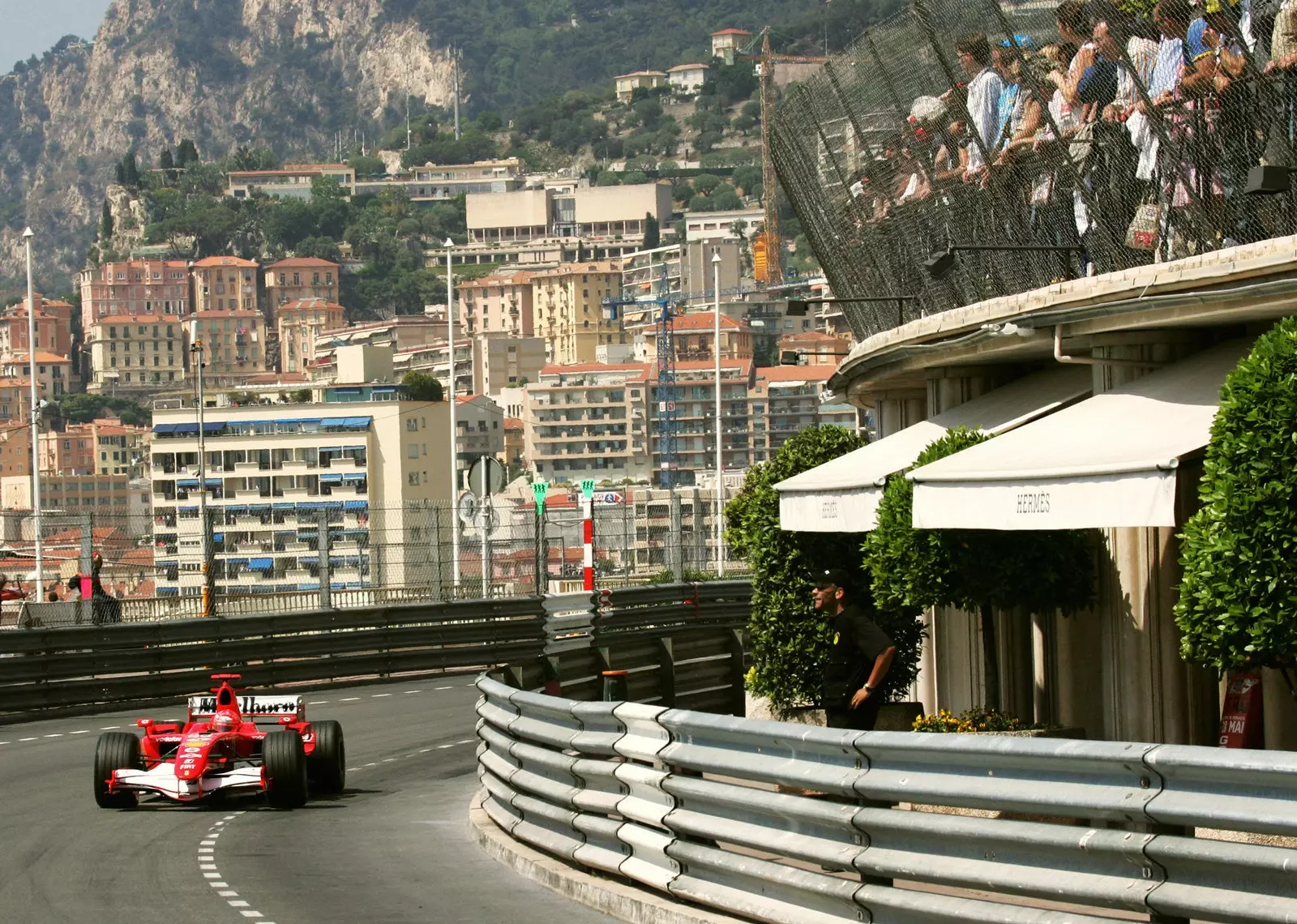
Michael Schumacher at the wheel of the Formula 1 car
LITERATURE AT 300 KM/H
I kill, of the multifaceted Italian author Giorgio Faletti, starts with some murders in the Monte Carlo F1 Grand Prix and develops with a fast-paced investigation in Monaco and its surroundings.
Trip to the center of Formula 1, by Carlos Miquel, is a collection of anecdotes for the passionate and the curious and in Grand Prix The Runner, by Hans Ruesch, who was a pilot from the 30s to the 50s of the 20th century, a pilot recounts his life at the time when all of F1 was raced on urban circuits.
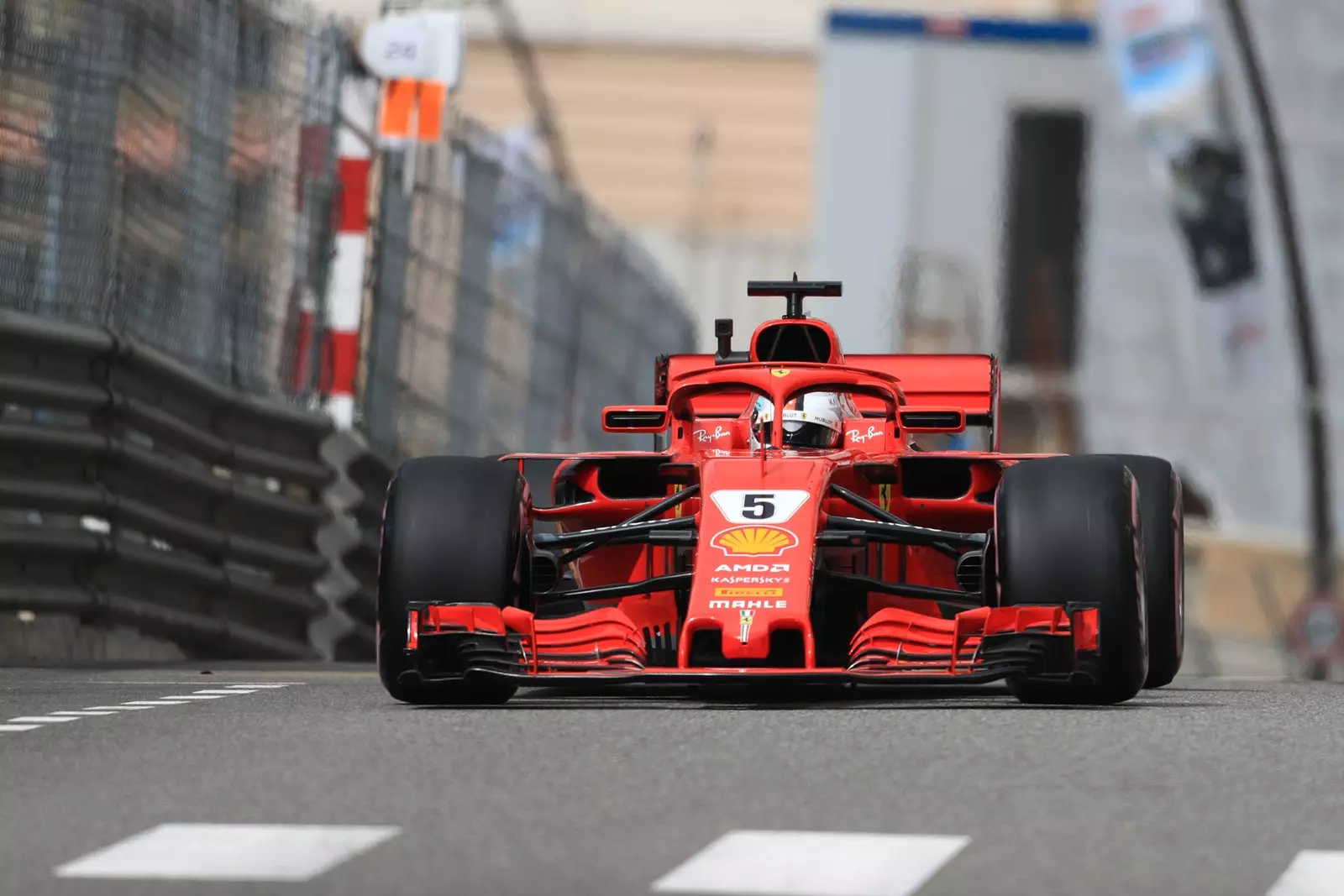
You can ride it all year round (except race days)
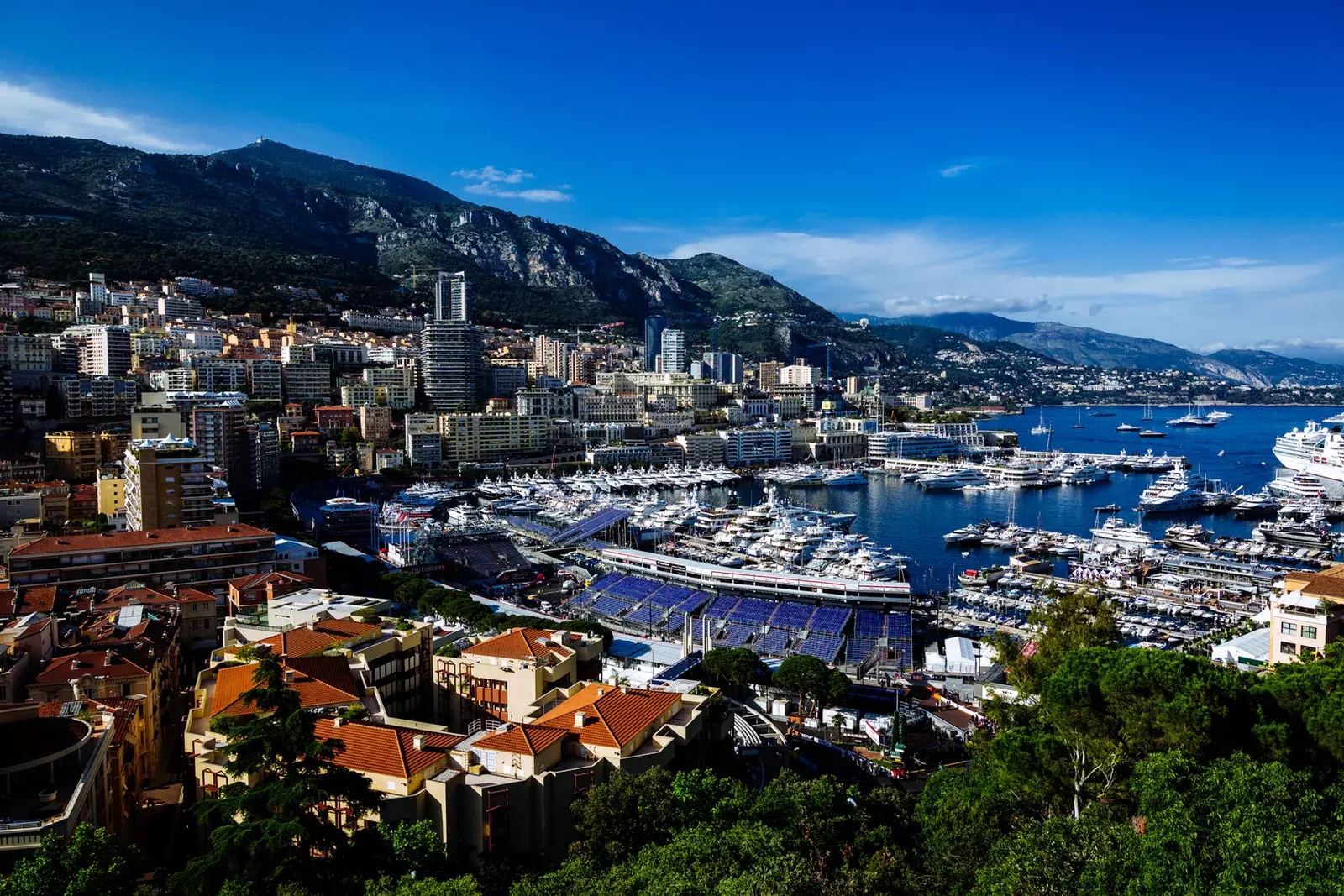
The sea and the asphalt await you in Montecarlo!
